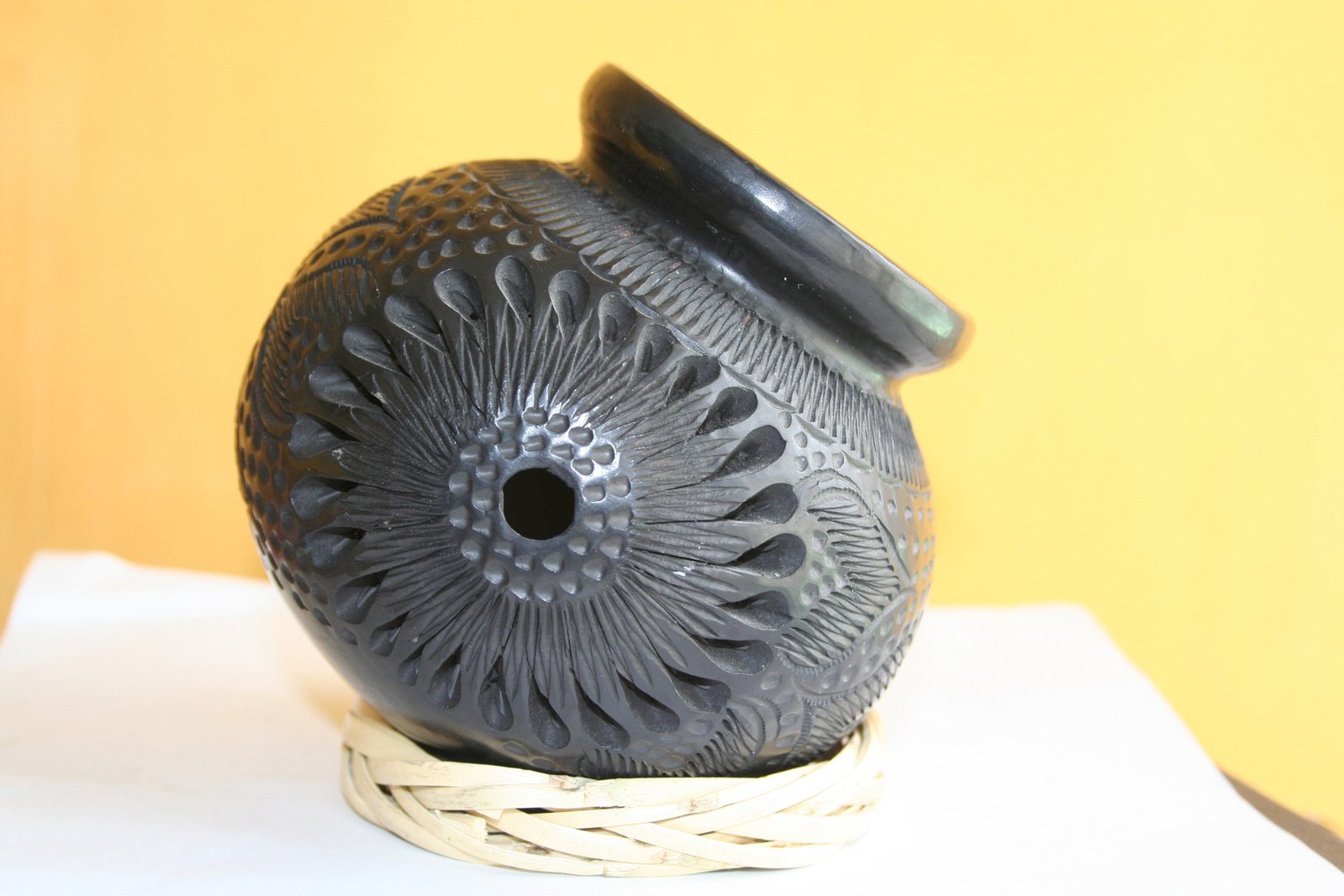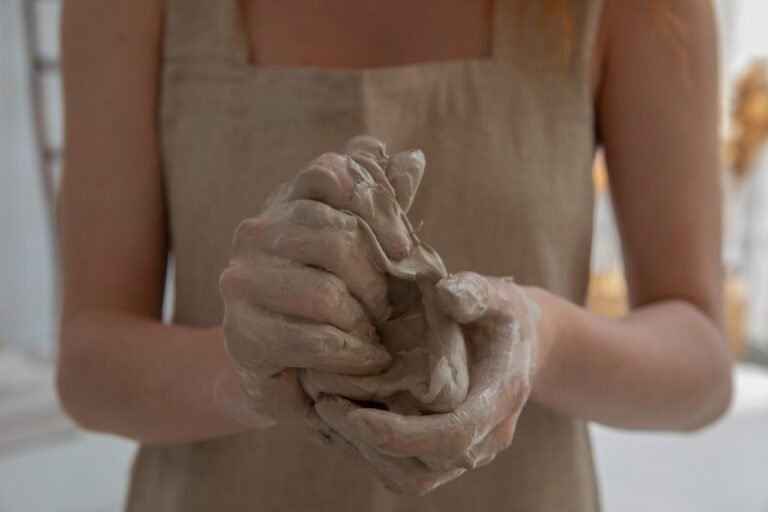How to make black clay? Read This First!
People have misunderstood the different kinds of clay. A few groups of people are confused between white clay, black clay, stoneware, and earthenware clay. To address this, the article explores if black clay is natural or not and how we can differentiate the white clay and black clay. Also, we will answer, is there a recipe for how to make black clay?
Barro negro pottery is another name of Black Clay. The black clay comes from Oaxaca, which is a state in Mexico. The black clay also can be made using powdered pigments named Mason Stains.
It has been quite a long time that people have realized an excellent dark brown color of clay can be resulted from employing gas in the process of firing clays. On the other hand, the pottery can be turned into black color by utilizing the wood in place of gas. However, potter Doña Rosa found an astonishing thing that before firing the pottery into the wood kiln, if it would be rubbed by quartz crystals then the pottery would be turned into a polished and shiny dark black color. This article discusses the further aspects of black clay and its reality.
What Makes Black Clay Black?
Because of the properties of earthen clay, it has a black color, which is quite natural and not colored or shaded at all. The black clay that has been naturally extracted from the earth is then going through cleaning procedures to eliminate and take away all the impurities. This cleaning procedure can require a whole month of drenching. After this, the clay is settled out and cleaned out from the remaining soil. This is how black clay makes black.
Is Black Clay Natural?
As this clay is extracted from nature, it is natural but black clay can be manufactured as well.
To make authentic and true black clay pottery, only one place in the world can help you to get natural black clay and that is Oaxaca State in Mexico where the black clay is naturally harvested.
To create the dark black finishing of pottery, the smoke infuses the clay through carbon. With the utilization of hardheaded slip for design applications, and with a plane surface, the black on black pottery is constructed. To produce such black color on black pottery, the particles and structure of the clay are very fine.
As discussed above, depending upon its production in Oaxaca, the black clay is quite natural but it can be manufactured artificially as well.
A quick recipe on how to use Stain is to take 30 grams of stain for 500 grams of clay.
The black clay is uniquely discovered and can be found in dry pieces. After its extraction, the clay is laid under the rays of the sun to make a dry powder. To clean the impurities from the clay, it is absorbed in water tubs when the cleaning procedure is done; the unpolluted clay then goes through the tough backbreaking procedure of mixing the clay manually. To achieve the ideal consistency of black clay, this needs to be kneaded and squeezed repeatedly. This makes the black clay natural because they are shaped in regions and are mud-rich soils. Due to the poor drainage settings, the development of such clays takes place that has clay minerals such as montmorillonite.

What Is The Difference Between White And Black Clay?
The most interesting thing about white clay, which will entice you, is it is also called Kaolin. White clay has an extremely fine and soft texture. It is a light powder with normally spongy properties. This clay is extracted and mined at the same place where it is found, that is why it is considered as primary clay because it is not carried downstream to process it further.
A low content and substance of iron can be found in the rock from which white clay is extracted. As all other clays are scraped away and then developed downstream, that is why they are considered secondary clays. On the other hand, a great quantity of manganese and different other minerals can be found in the black clays mostly. Few black clays are black based on their colors depending upon the high measures of carbon-based natural mixtures. Mg, Fe, and different metals are great in quantity in the black clays that are extracted from the regions of Mexico.
The black clay that is extracted naturally from the regions is not colored and the properties of clay have made the color black. The cleaning procedure of black clay is quite prolonged as to soak and settle the clay a whole month is required. After the completion of this cleaning cycle, almost twenty days are required for the completion of each piece of black clay.
Black clay is used to make numerous items regularly including pots, whistles, woodwinds, lamps, chimes, masks, creature figures with most being of an elaborate nature. While white clay can be found anywhere in the world and is plentiful in quantity. The texture of white clay is soft and fine in comparison with black clay. The rocks with wealthy kaolinite are named kaolin or china stone. In the production of porcelain, the most important element is white clay. To produce paint, paper, rubber, and many different products, white clay is widely used. To differentiate black clay from white clay, another feature of white clay is that its workability is higher than black clay as it can be wet easily and rapidly. A minor amount of water change can increase or decrease its workability.
Conclusion
To put everything in a nutshell, white clay is founded in China, named Kaolin while black clay is founded in Oaxaca and named Barro Negro Pottery.
Black clay can be made after extracting from the regions of Oaxaca with proper hand mixing and cleaning procedures. On the other hand, artificially black clay can be made through numerous methods such as with mason stains. To make black clay, you must be familiar with the required information that can be fetched from the suppliers of black clay. In the case of black exterior for the pottery then it would be better to make the slip from the clay and then shade it with up to 15% stain. It is better and less expensive in the case of shading the whole clay.







